Reportar esta entrada
Más sobre la misma comunidad-colección
PETE Duarte Head START and child wellness
PETE Duarte Head START and child wellness in 500 darrington, ...
PETE Duarte Head START and child wellness
PETE Duarte Head START and child wellness in 500 darrington, ...
CISD operations and support services facility
CISD Operations and Support Services facility is located at 311 ...
CISD operations and support services facility
CISD operations and support services facility in 311 Darrington ...
municipal court & police department
municipal court & police department in 14999 Darrington Rd. ...
Clint Independent School District - El Paso, Texas
Clint Independent School District in 14521 Horizon Blvd El ...
Hombres sentados en la Plaza San Jacinto
Men sitting on benches on both sides of the walkway reading the ...

















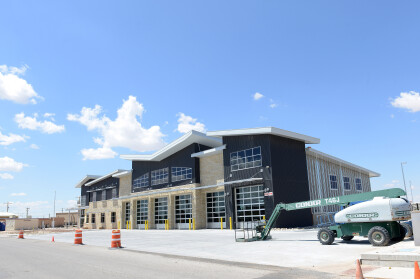
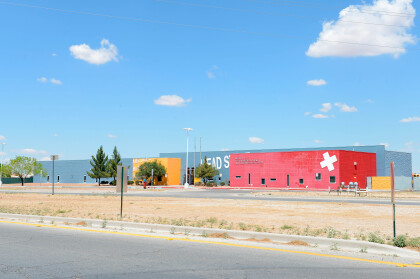
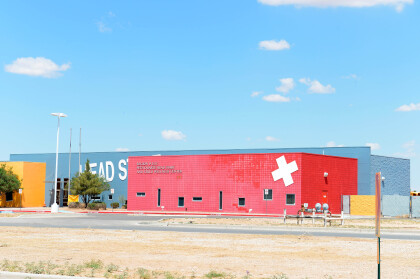
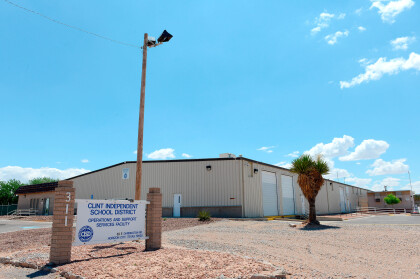
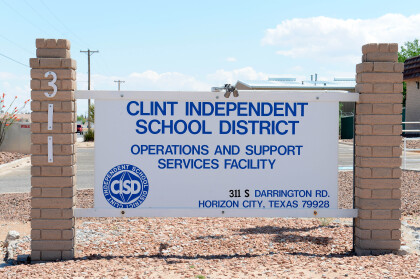
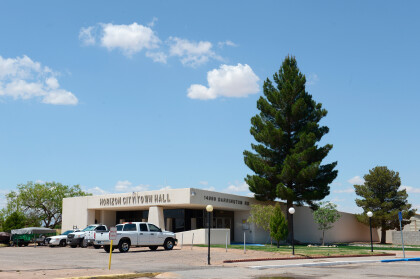
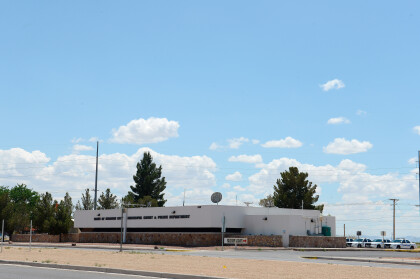
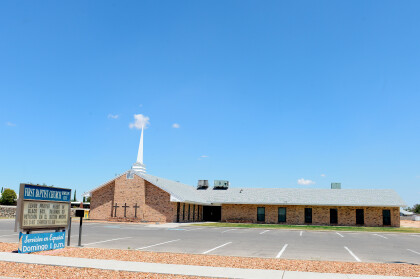
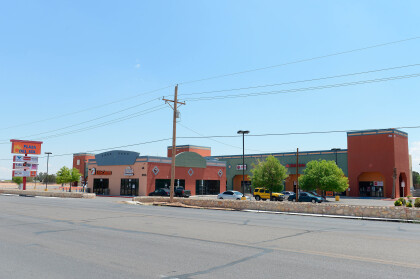
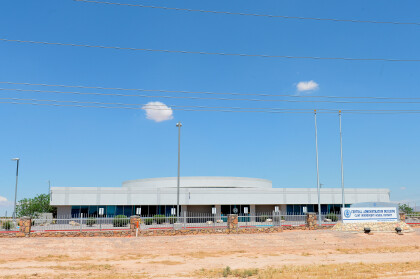
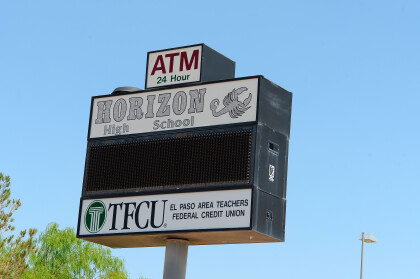

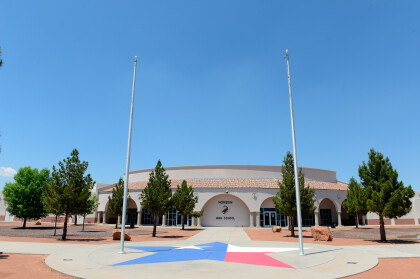
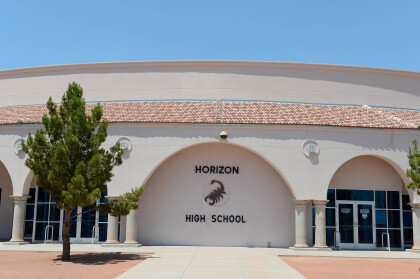
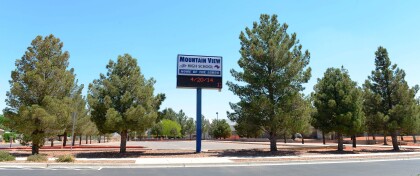
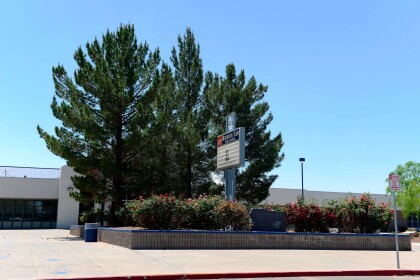
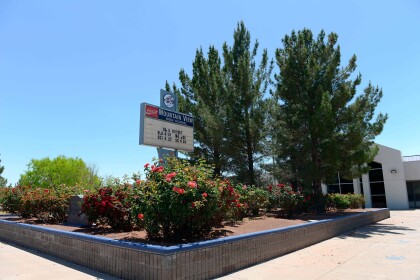
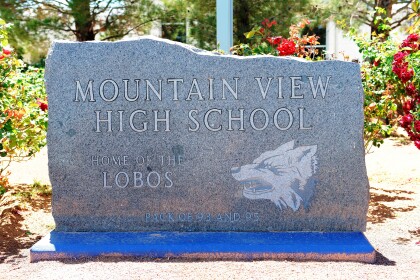
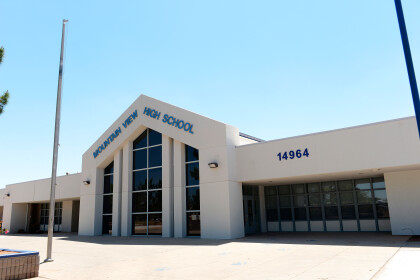
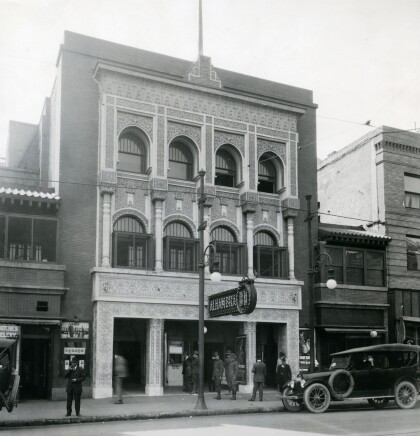
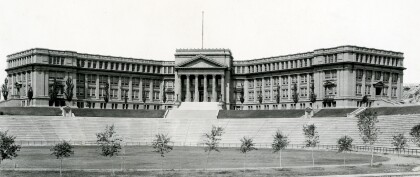
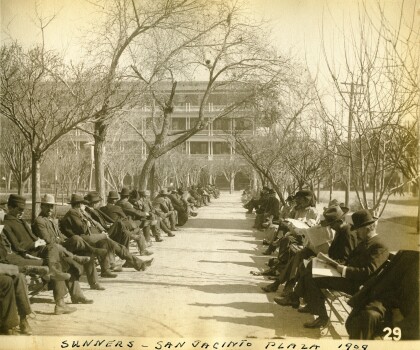
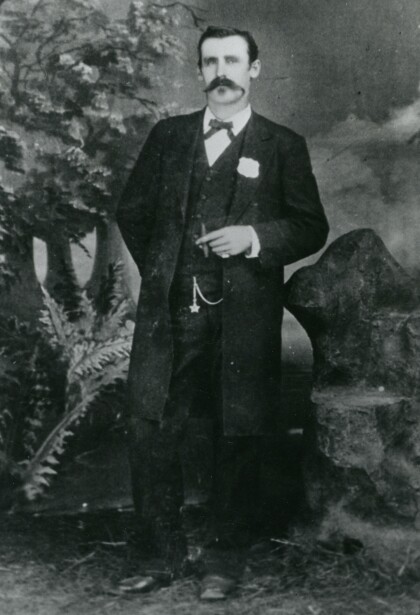
Comentarios
Hacer un comentario